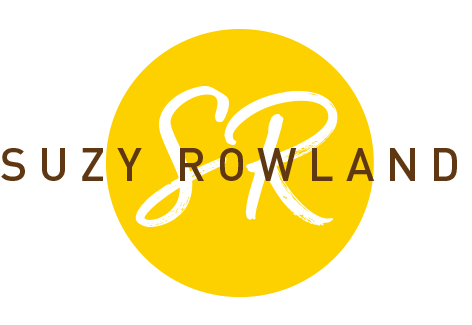I grew up listening to Bob Marley’s music. In fact, I used to get a bit annoyed when people would expect me to like Bob Marley, because I’m black. In those far away days, Duran Duran and Teardrop Explodes were the tunes I was ‘jammin’ to! However, Bob’s music was played a lot during the 80s and those haunting lyrics and melodies sunk into my soul until I knew all of the words to Buffalo Soldier, No Woman No Cry, Zimbabwe and many more.

© Suzy Rowland Walkers Wood, JA
It wasn’t until a recent inaugural trip to Jamaica this summer (I know, the flights are expensive) that I finally got to understand the deeper meaning of Marley’s music and that of some contemporary reggae artists. There is something about the intense heat of the sun, the dark, voluptuous vegetation and the searing poverty that makes the words and sounds of reggae come to life in Jamaica.

© Suzy Rowland Sunset in Jamaica
Throw in a dash of dark rum and the shining bodies of Jamaicans of African descent and I began to understand that the intensity of reggae exists as an echo to the complexity of its people, who are still reconciling their bloody history with a present, which is a tale of two radically different experiences. Including the homophobic and sexist material.
I suppose that’s the beauty of travel, you get to fill the gaps in your own history and imagination and create a new history too.
 © Suzy Rowland, Bob Marley Museum
© Suzy Rowland, Bob Marley Museum
